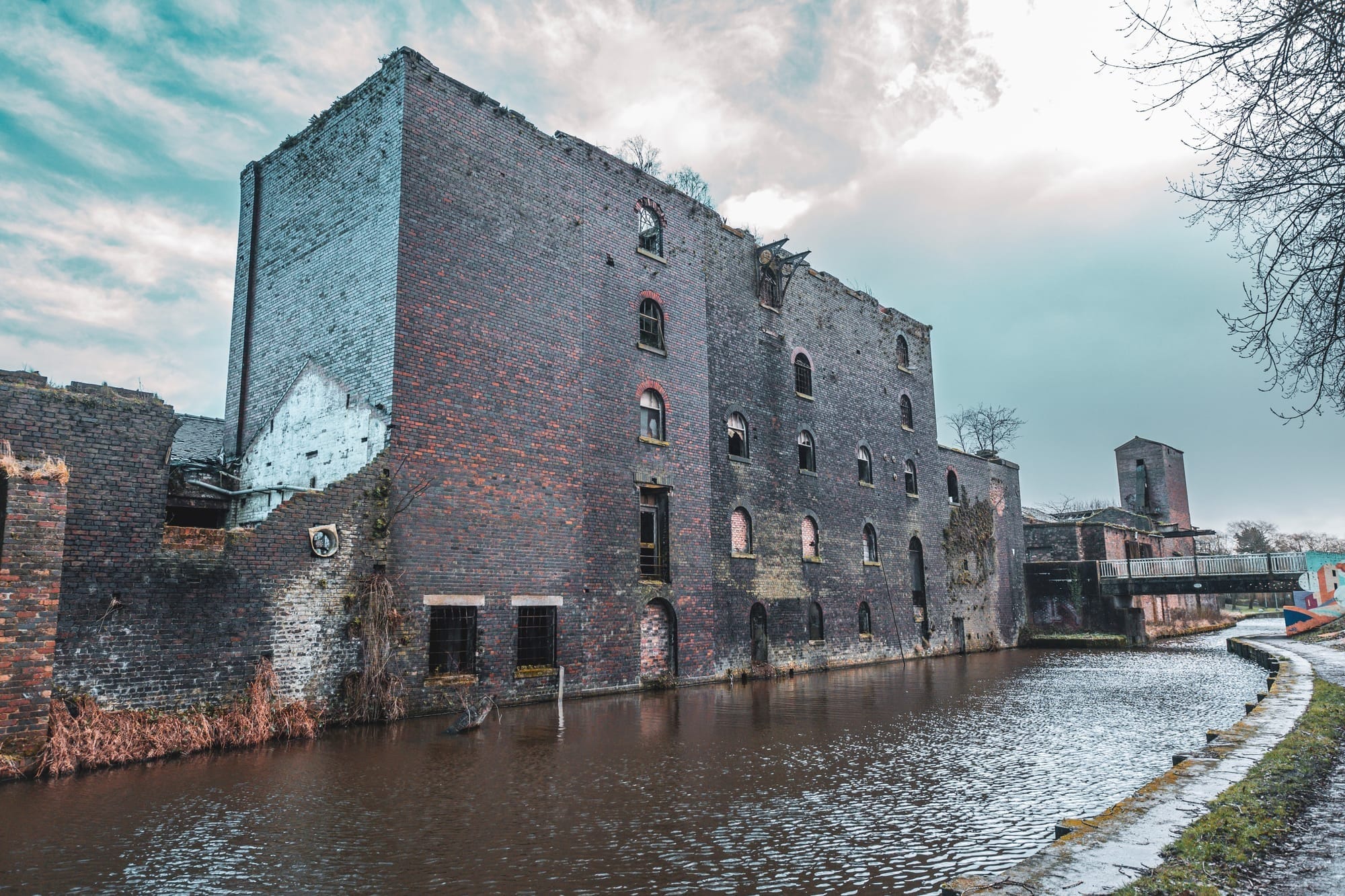In the heart of Middleport, situated between Longport and Newport along the Trent & Mersey Canal, stand two significant testaments to the area's rich industrial past: the Middleport Flour Mill and the Middleport Flint Mill and Calcining Works.
Watch my video exploring the mills on YouTube
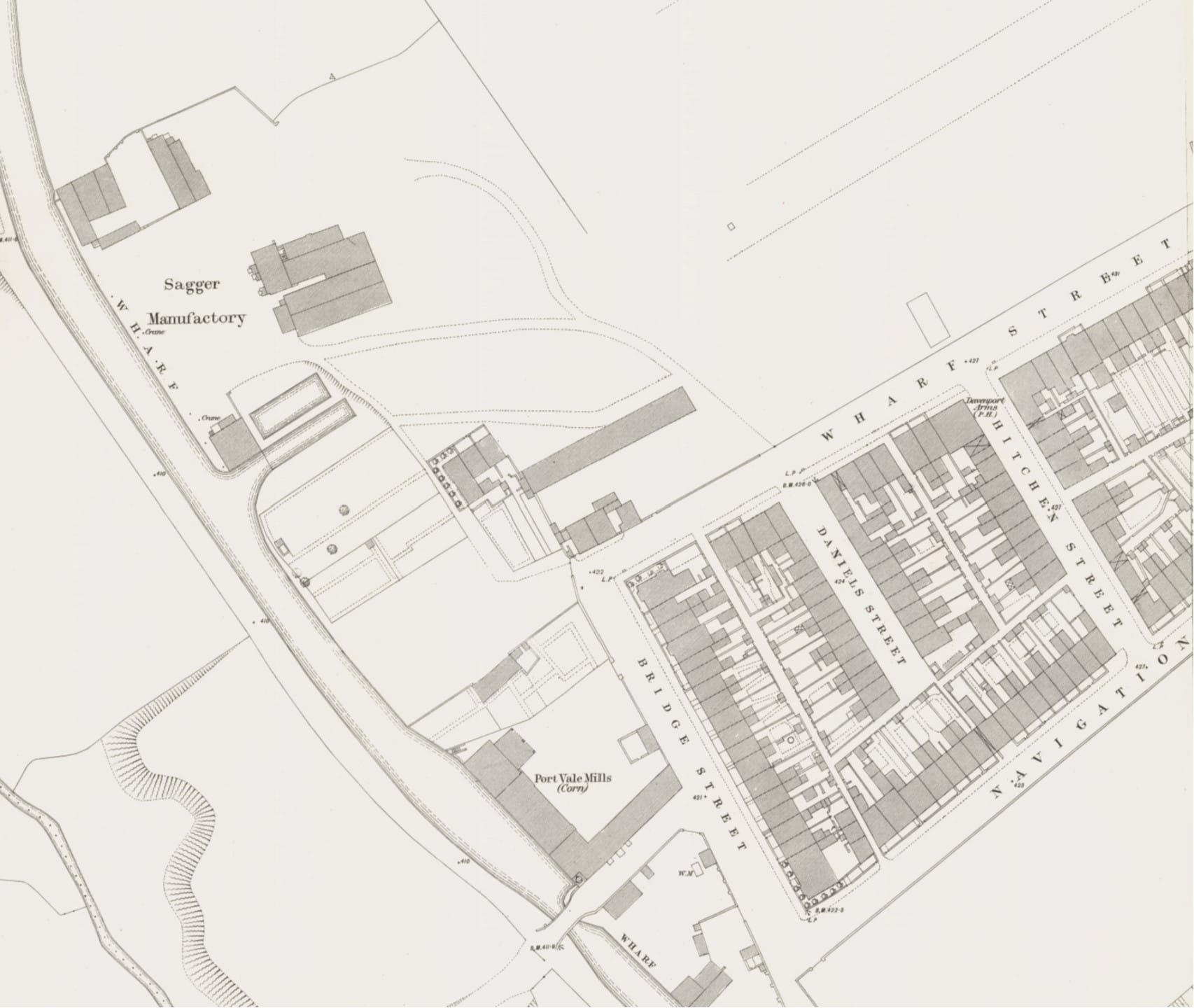
Middleport Flour Mill
The Middleport Flour Mill, also known as Port Vale Mill, began its operations around 1844, situated strategically along the Trent & Mersey Canal. Initially, the mill was owned by Samuel Fitton and quickly became an important part of the local milling industry in the 1840s. Under Fitton's management, the mill not only processed grain but also became a significant local employer and a notable feature of Middleport's industrial landscape. The wall of the mill still shows the engraving ‘1844 John Cliffe, Ann Fitton’ and also once said ‘Samuel Fitton’, although that name has long gone through the damage to the bricks.
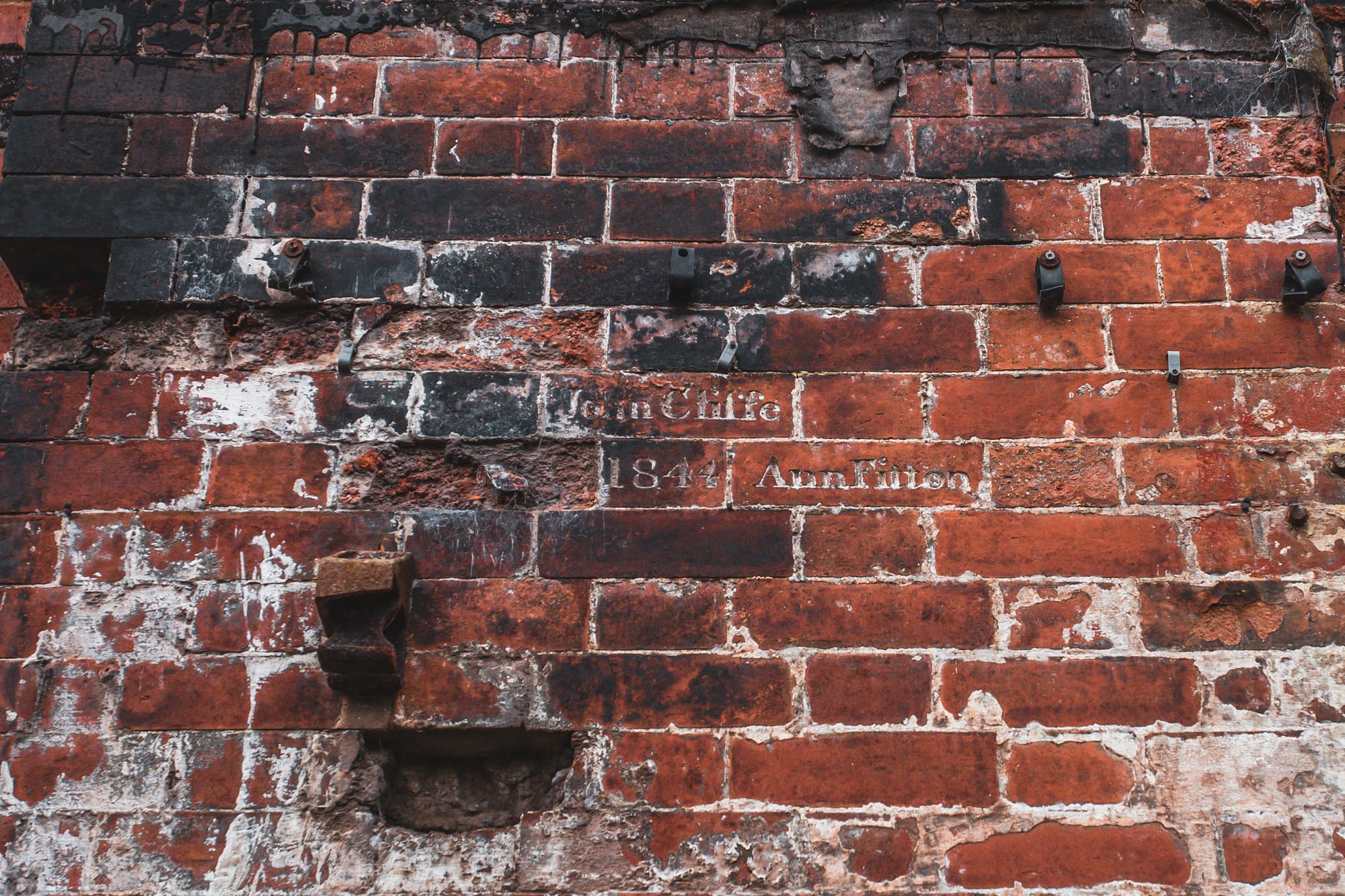
Later on, the ownership of the mill transitioned to Fitton and Pidduck. This change marked a pivotal point in the mill's history, as it brought about a major technological upgrade. The introduction of the Hungarian Roller Flour system by Fitton and Pidduck was a notable development. This new system replaced the traditional method of stone milling, which had been used for centuries, with a mechanical process that was more efficient.
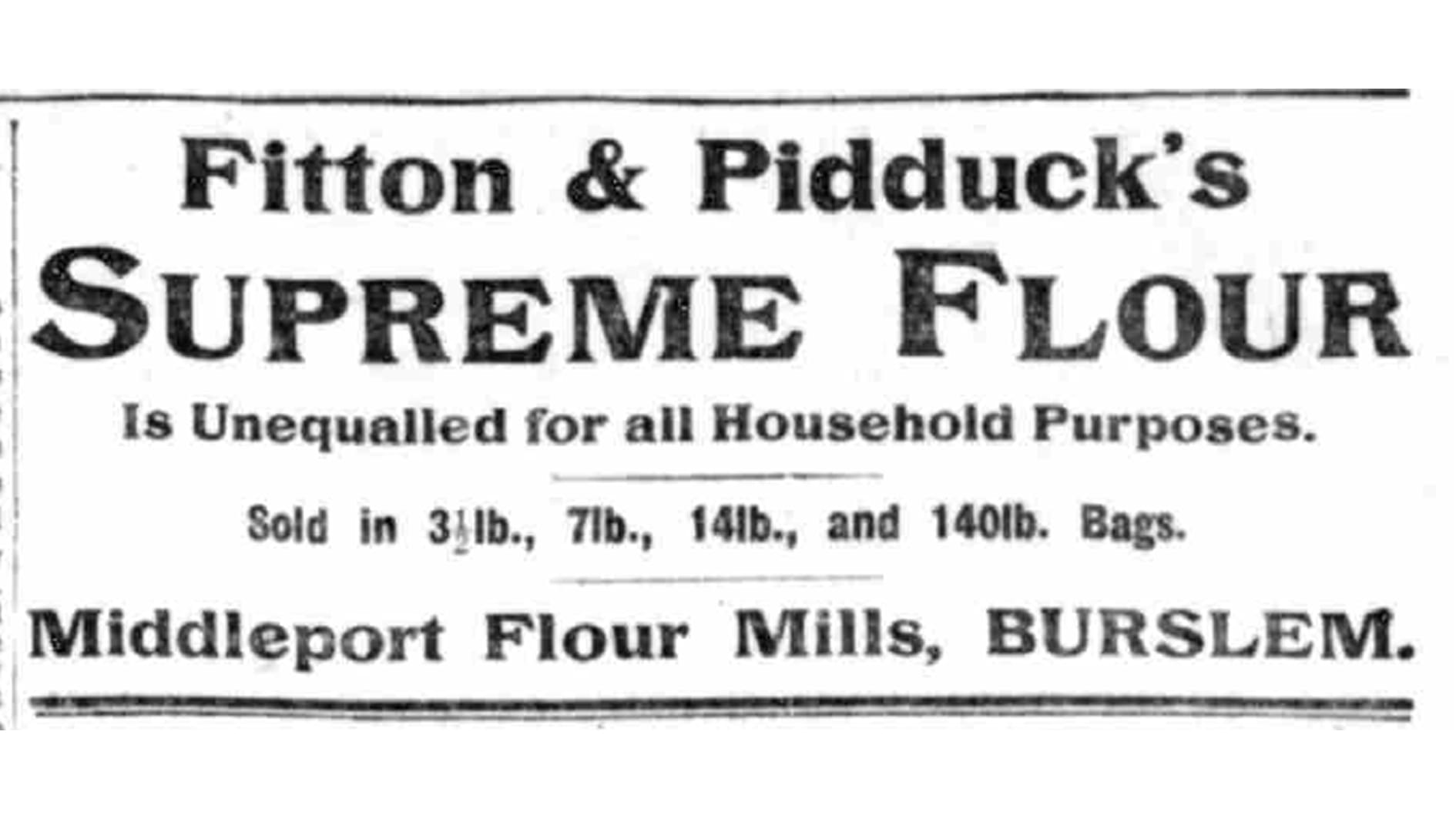
The adoption of the Hungarian Roller Flour system was a significant move for the Middleport Flour Mill. It represented the modernization of milling technology during that period. By moving away from stone grinding to mechanical rollers, the mill was able to produce flour that was finer and more consistent in quality. This change was important for the mill to meet the growing and changing demands of the market.
The shift in technology and ownership at the Middleport Flour Mill had a notable impact on the area. It was a clear sign of the industrial progress happening in Middleport and the surrounding regions. The mill, with its new technology under the leadership of Fitton and Pidduck, played an important role in the local economy, not only as a producer of flour but also as a significant employer. The Middleport Flour Mill thus stands as an important part of the local industrial history, reflecting the changes and advancements of its time.
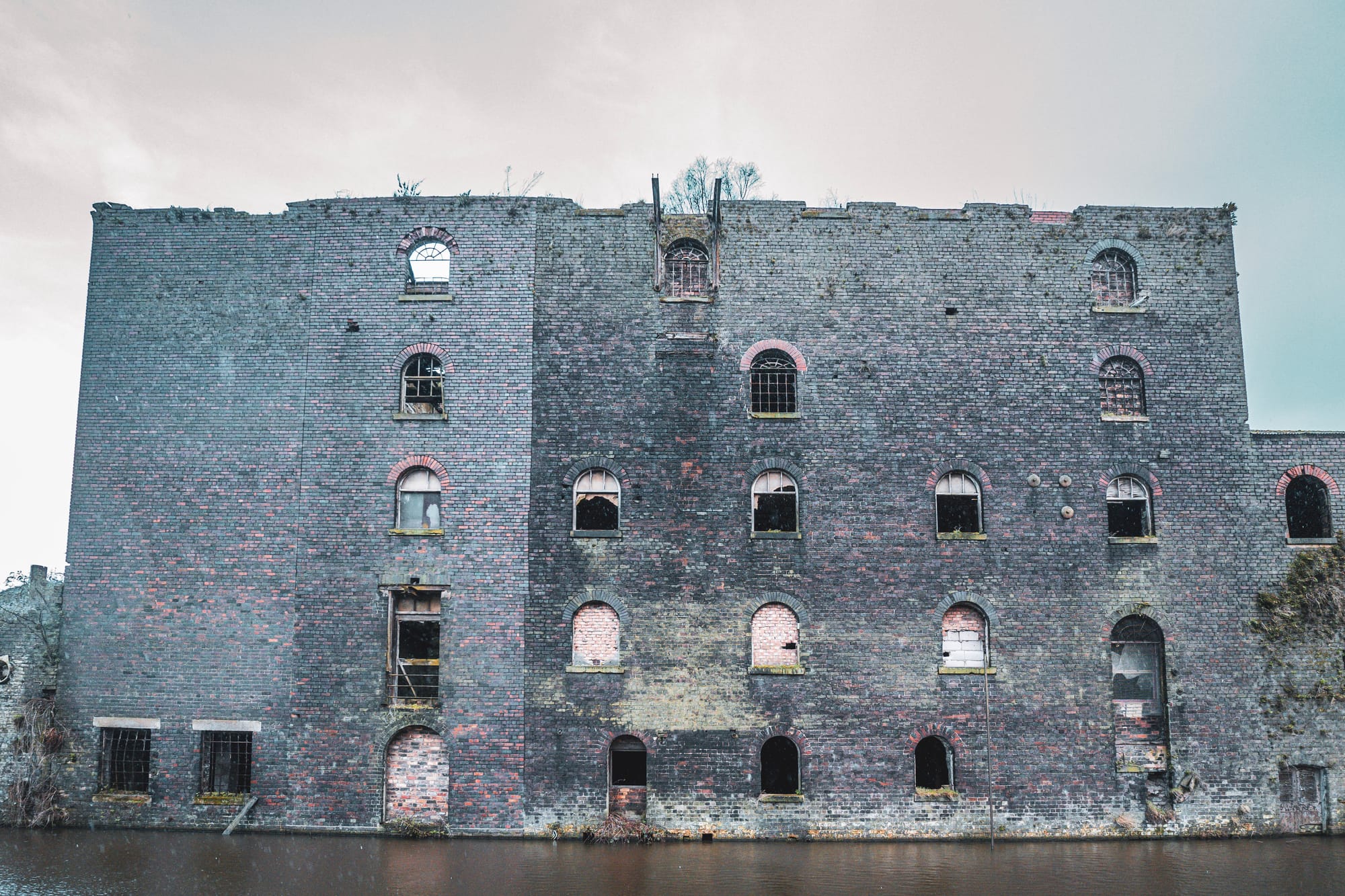
Architectural Features
The architectural design of the Middleport Flour Mill, prominently located on Milvale Street, is a significant aspect of its historical identity. The structure, consisting of five stories, is an imposing brick edifice that has long been a recognizable feature of the area. One of the most striking architectural elements of the mill is its round head-arched windows, complete with iron frames. These windows not only provided essential light and ventilation for the mill’s operations but also contributed to the building's unique aesthetic, making it stand out among other industrial structures of its time.
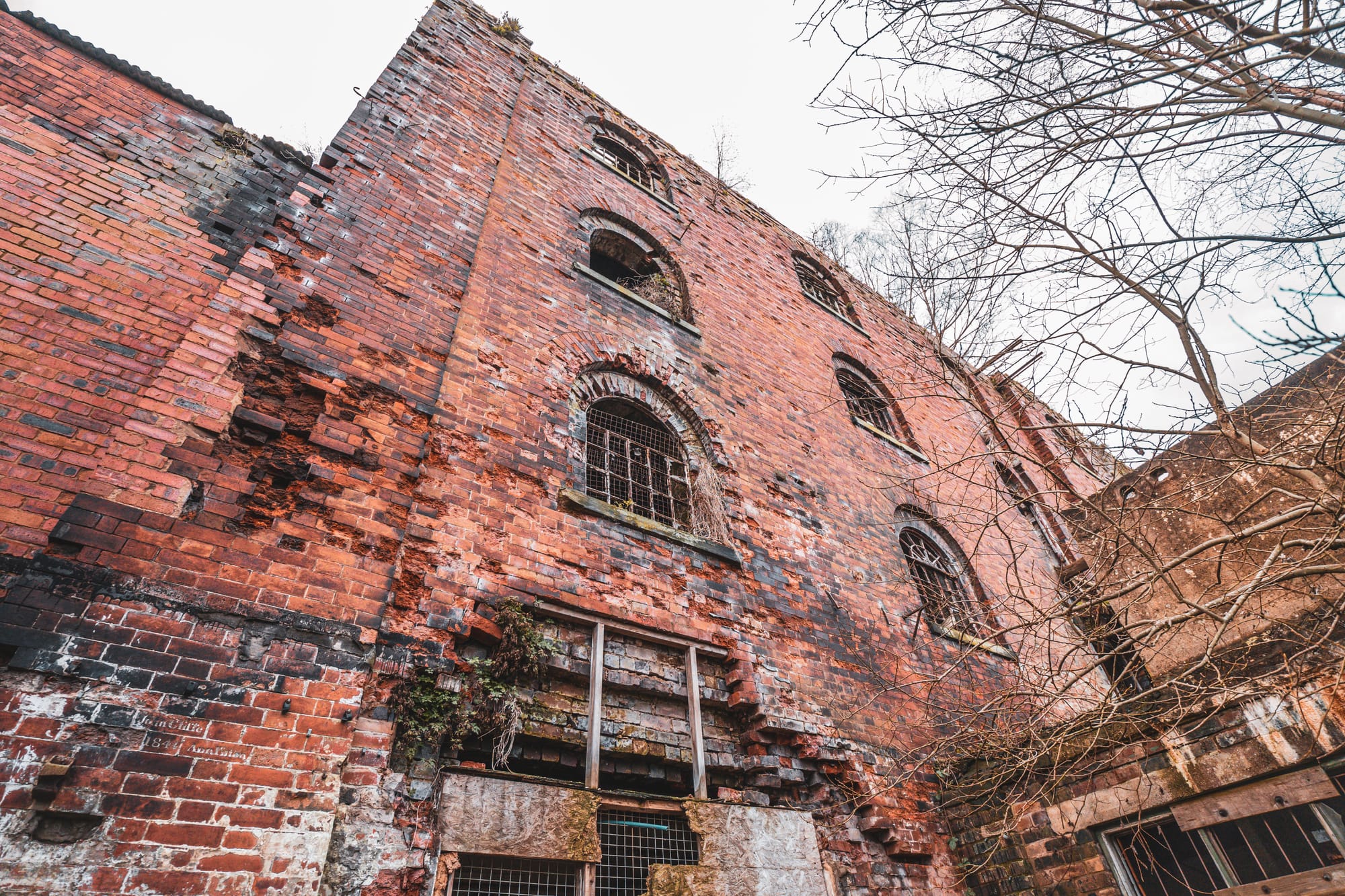
Over the years, the flour mill underwent various modifications and renovations. However, despite these changes, it managed to preserve key aspects of its original design and function. Inside the mill, remnants of its past can still be seen, such as the flour chute, integral to the mill's operation. These chutes were used to transport flour between different levels of the building efficiently. Their presence further adds to the historical ambience of the mill, offering a glimpse into the workings of a bygone era. The preservation of these features, amidst the changes and upgrades over time, allows the Middleport Flour Mill to maintain a tangible connection to its rich milling heritage.
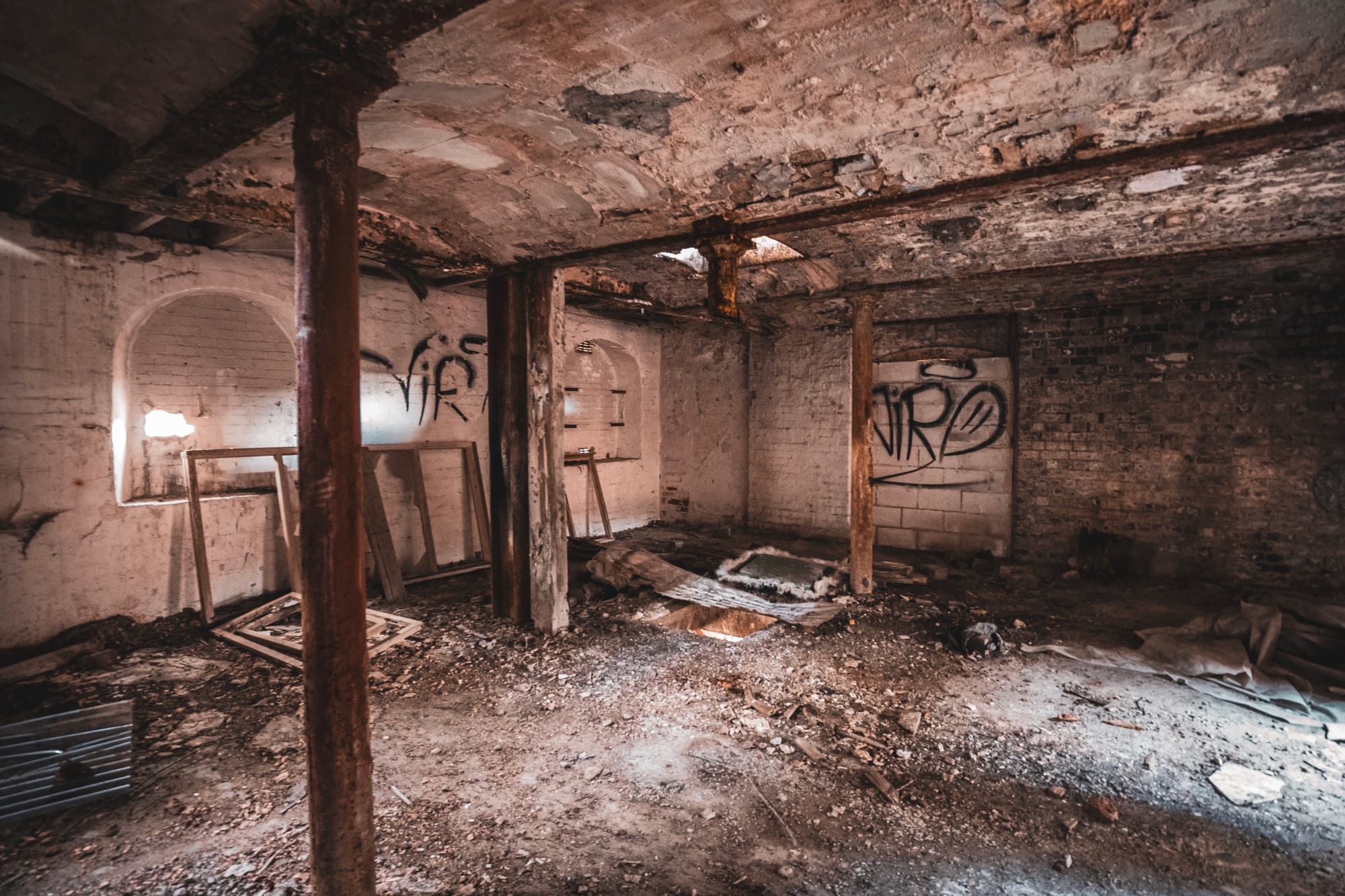
Together, the distinctive architecture and the preserved milling elements of the Middleport Flour Mill combine to tell the story of the building's past. They offer insight into the industrial processes of the time and stand as a physical representation of the mill's enduring presence in the history of Middleport.
Industrial and Social Impact
The Middleport Flour Mill's impact extended far beyond its economic contributions; it played a significant role in shaping the social landscape of Middleport. As the mill grew and its operations expanded, there was a burgeoning demand for labour. This need for workers led to a substantial shift in the local community dynamics.
To accommodate the increasing workforce required by the mill, high-density housing was constructed in the vicinity. This development was not just about providing shelter; it was about creating a community. The homes built near the mill were typically occupied by its workers and their families, leading to the formation of a close-knit neighbourhood centred around the flour mill. This proximity to the workplace not only made practical sense for the workers but also fostered a sense of community and belonging among them.
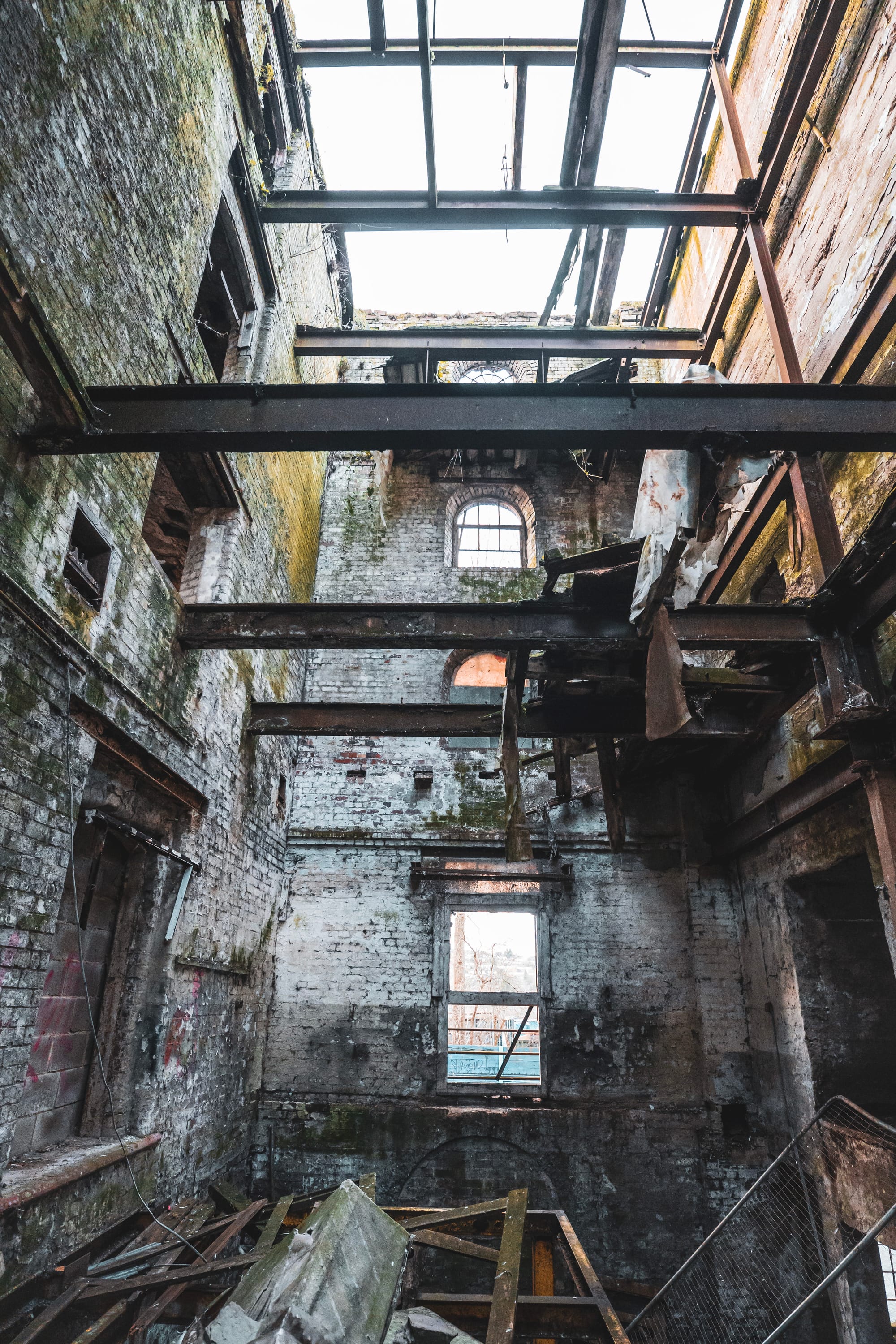
The presence of the flour mill, therefore, was a catalyst for significant social changes in Middleport. It brought together people from diverse backgrounds, united by their common employment. Over time, this led to the development of a distinct community identity, characterized by shared experiences and mutual support. The workers and their families not only lived close to each other but also shared their daily lives, both during work and after hours. This closeness facilitated the formation of strong communal bonds, which were further strengthened by shared facilities such as local shops, pubs, and community centres that sprang up to serve the mill workers and their families.
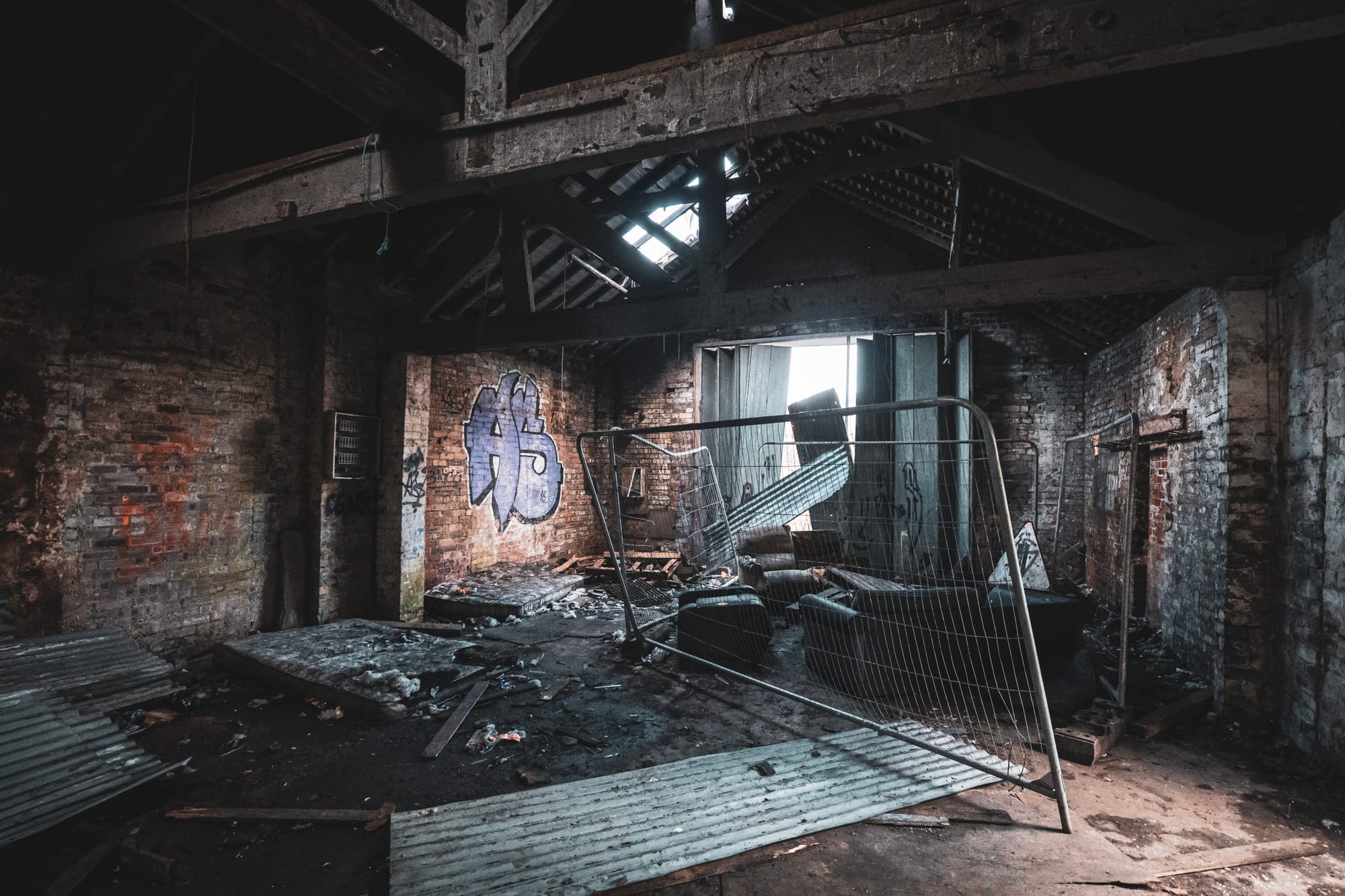
Moreover, the flour mill's influence extended to the local economy in more ways than one. The influx of workers and their families provided a customer base for local businesses, stimulating economic activity in the area. This economic boost was vital for the growth and development of Middleport as a whole.
The industrial operations of the Middleport Flour Mill had a profound and lasting impact on the social fabric of Middleport. By driving the need for worker housing and fostering a community of mill workers and their families, the mill played a central role in shaping the social and economic landscape of the area. Its legacy, therefore, is not just one of industrial success but also community formation and development.
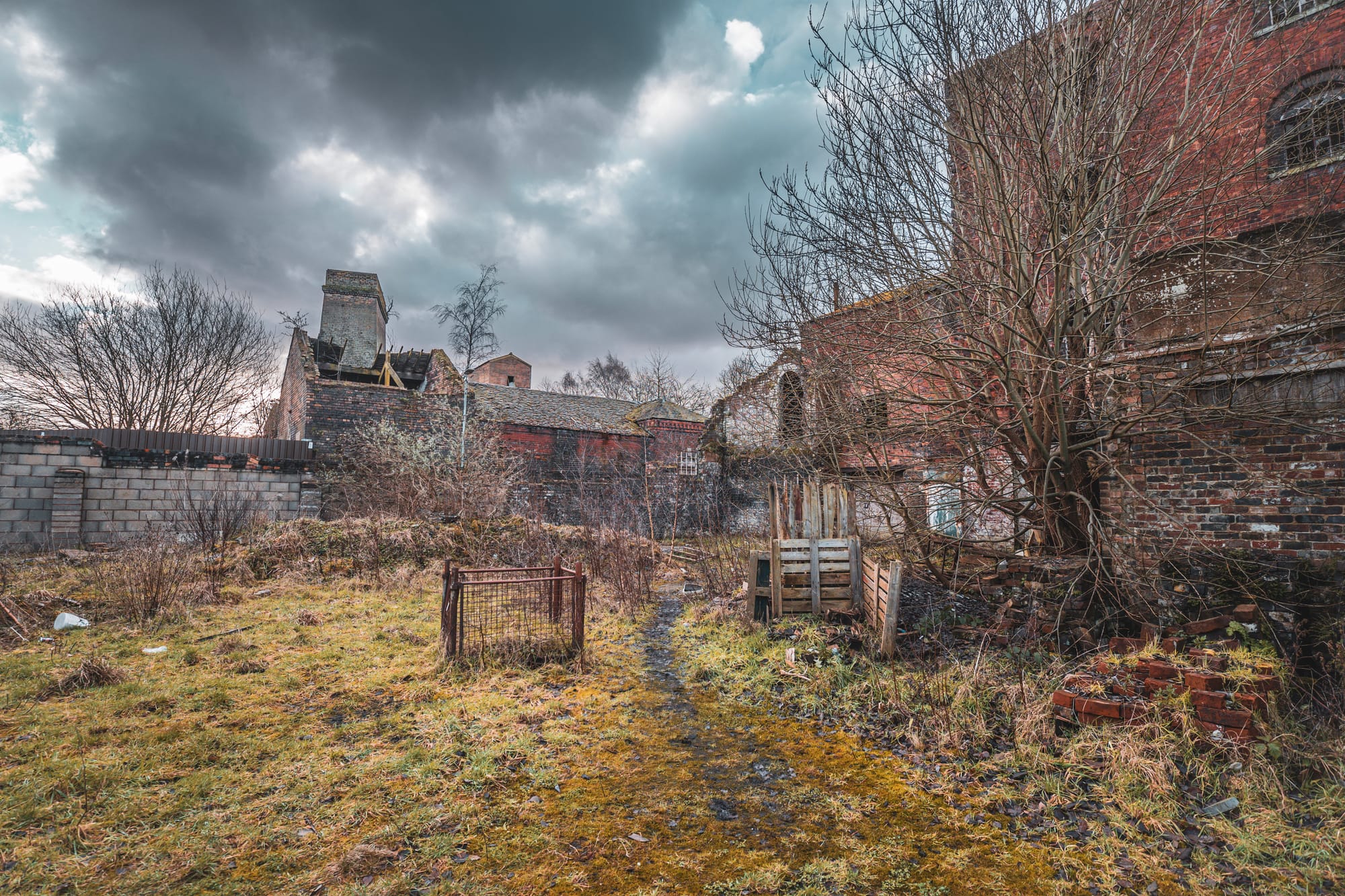
Post-War Use and Decline:
Following its productive years as a flour mill, the building underwent several changes in its purpose and management. After the milling operations ceased, Price and Son, a baking company, took over the premises, using it for their operations up until at least 1940. This period marked a shift in the building's function, from its original milling activities to a focus on baking, yet still maintaining its role as a centre of local industry.
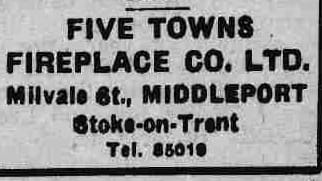
However, as the years progressed, the once-busy mill began to experience a decline. By 1960, a notable change occurred when The Five Towns Fireplaces Ltd. started using parts of the mill for their business. This usage was limited to certain sections of the building, leaving other parts unoccupied and neglected. As a result, these areas started to show signs of wear and decay, marking the beginning of a gradual decline in the overall condition of the historic mill.
This decline was not just a matter of physical deterioration but also represented a shift in the industrial landscape of Middleport. The mill, once a hub of bustling activity and a cornerstone of the local economy, was now partially used, with its once-thriving floors standing empty and silent.
Today, the Middleport Flour Mill stands as a reminder of a bygone era of industrial prosperity. While parts of the building show the wear and tear of time, its presence continues to be a significant part of Middleport's history.
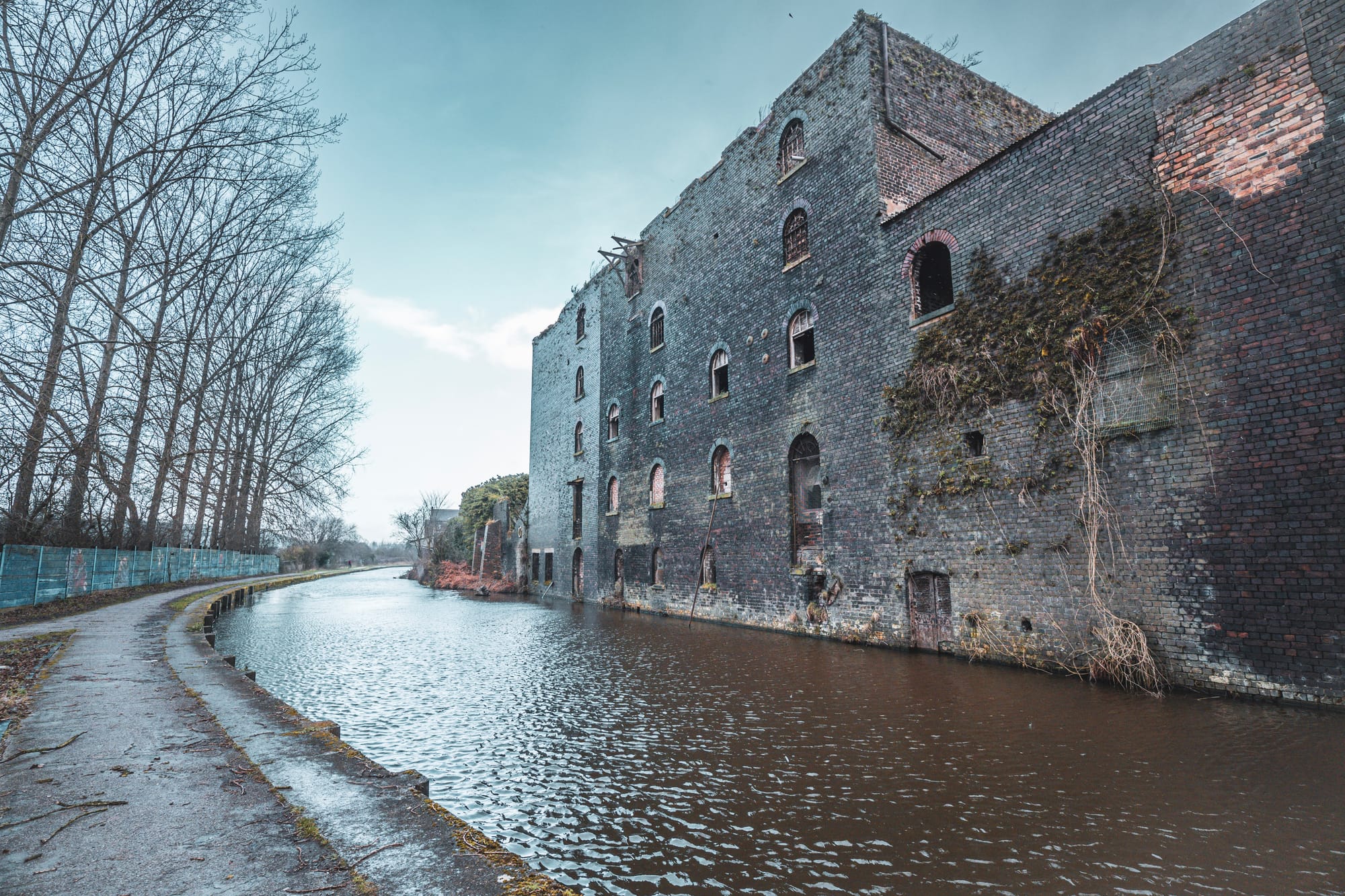
Regeneration Attempts
In 2008, a new chapter seemed to be on the horizon for the Middleport Flour Mill with the introduction of regeneration plans by Chris Shaw Properties Ltd. The proposal was an ambitious one, envisioning a transformation of the historic mill into a residential complex. The plan aimed to convert the old industrial structure into modern living spaces, comprising apartments and townhouses. This project was not just about repurposing an old building; it was seen as a potential catalyst for revitalizing the area, blending the mill's rich history with contemporary living.
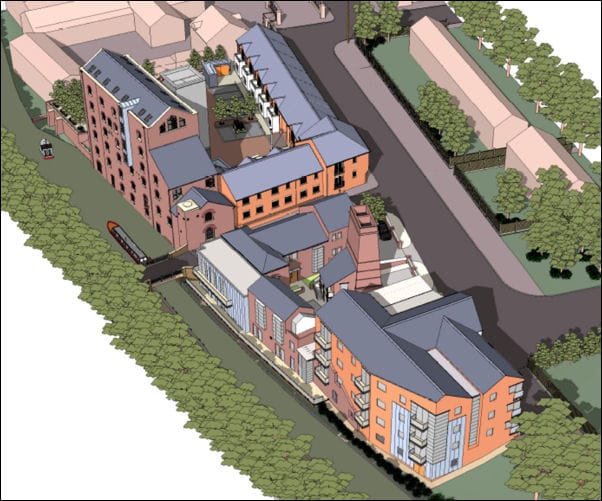
The vision for the mill's transformation was a blend of preserving its historical essence while providing modern amenities. The proposed apartments and townhouses were to offer a unique living experience, combining the charm of the mill's industrial past with the comforts and conveniences of modern design. This redevelopment was expected to attract new residents to the area, contributing to the economic and social revival of Middleport.
However, despite the potential for renewal and the initial excitement surrounding these plans, the project faced challenges. As time passed, it became clear that the ambitious plans for the mill's transformation would not come to fruition.
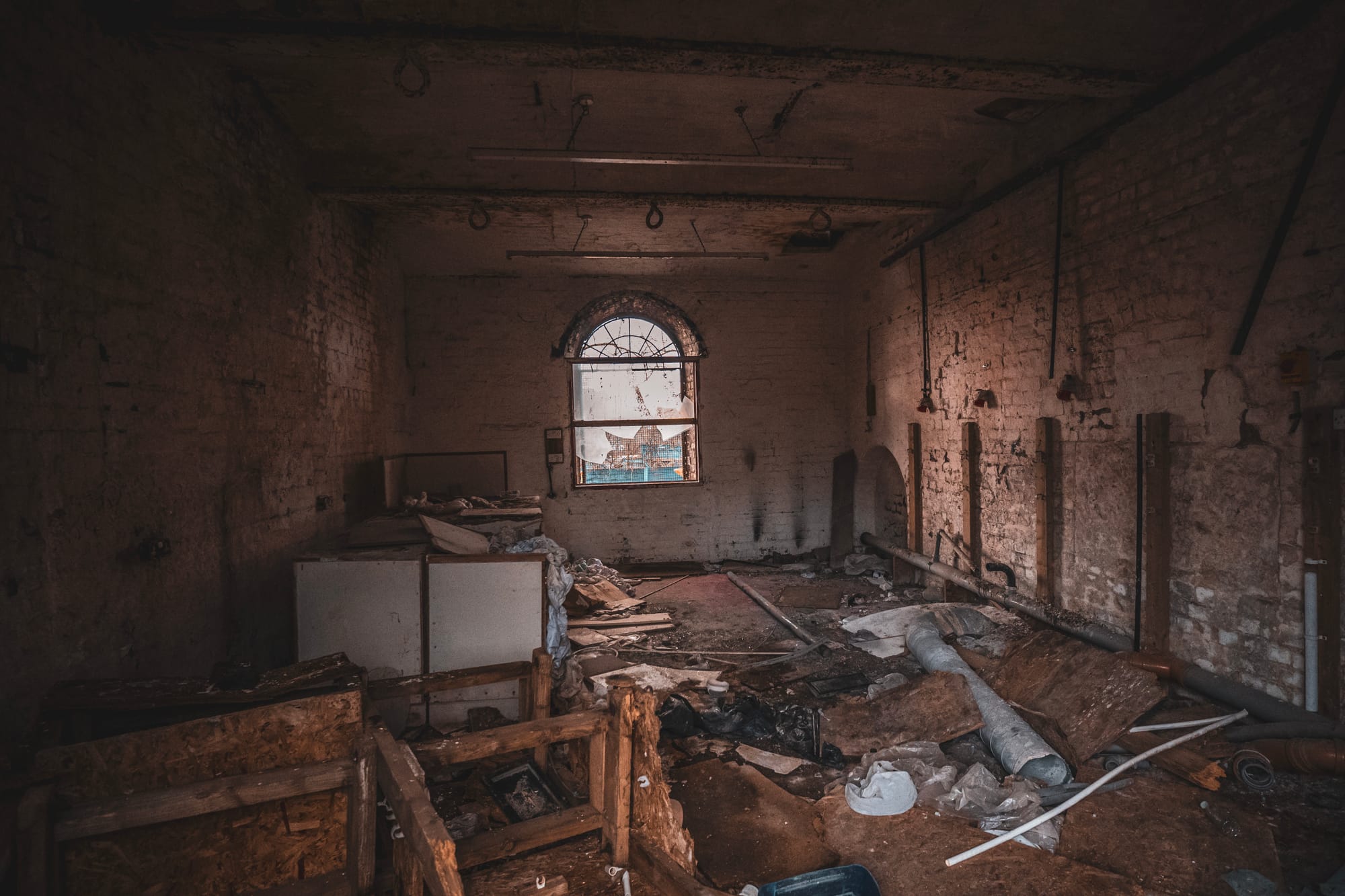
As a result, the Middleport Flour Mill remained in its unused state, gradually succumbing to neglect. Today, it stands as one of Stoke-on-Trent's most at-risk areas, a far cry from the bustling industrial hub it once was. The mill's current condition reflects not just the physical decay of an old structure but also the lost opportunities for regeneration and community development. The unrealized plans of turning the mill into a lively residential area serve as a reminder of the challenges faced in preserving and repurposing historical industrial sites in a changing urban landscape.
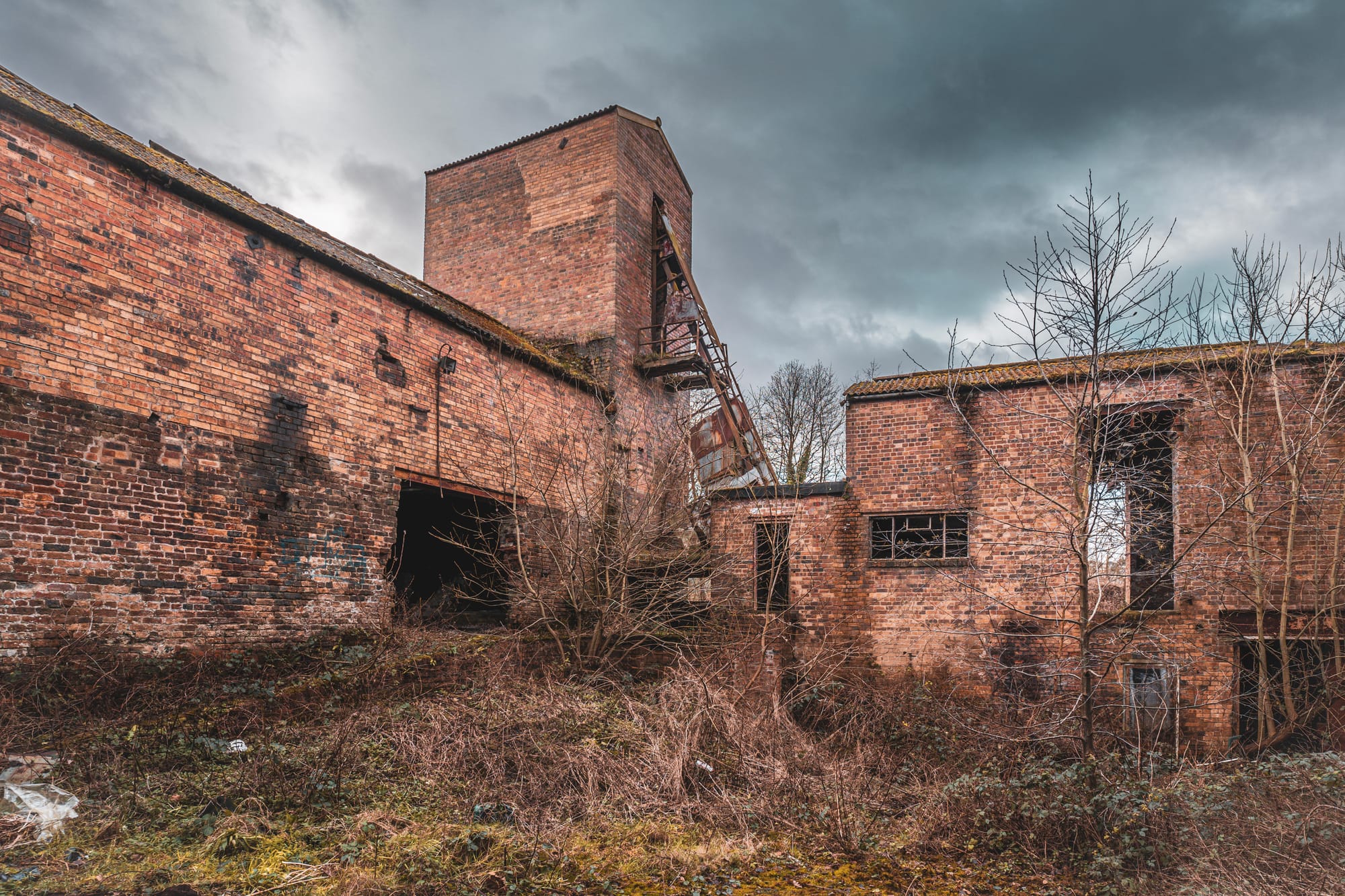
Middleport Flint Mill and Calcining Works: The Heart of Pottery Processing
Calcining Works: Essential to Pottery Making
The Middleport Flint Mill and Calcining Works, established in the late 19th century, represented a critical component of the pottery industry, a sector central to the region's economic and cultural identity. This facility, especially under the operation of Goodwin's Mill Co. from 1907 onwards, specialized in a process fundamental to pottery making: calcining.
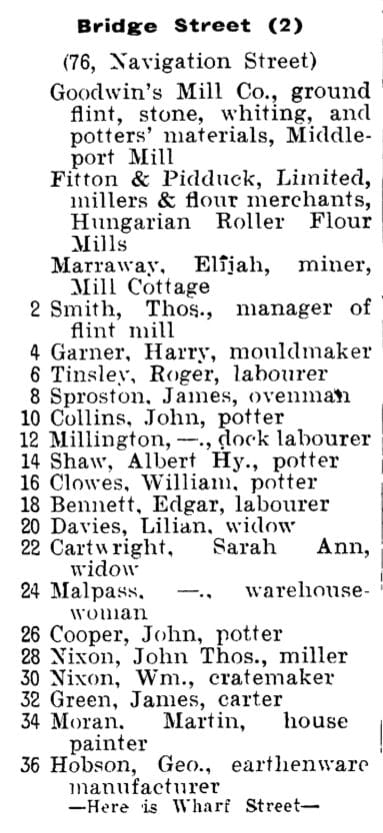
Calcining, an essential procedure in the pottery industry, involves the heating of certain materials to high temperatures. This process is crucial for transforming raw materials like flint, stone, and whiting into a state suitable for pottery production. The double-chambered calcining kiln at the Middleport Works played a vital role in this process. Goodwin's Mill Co. utilized this kiln for the 'roasting' of these materials, a step necessary for softening and breaking them down into a fine powder.
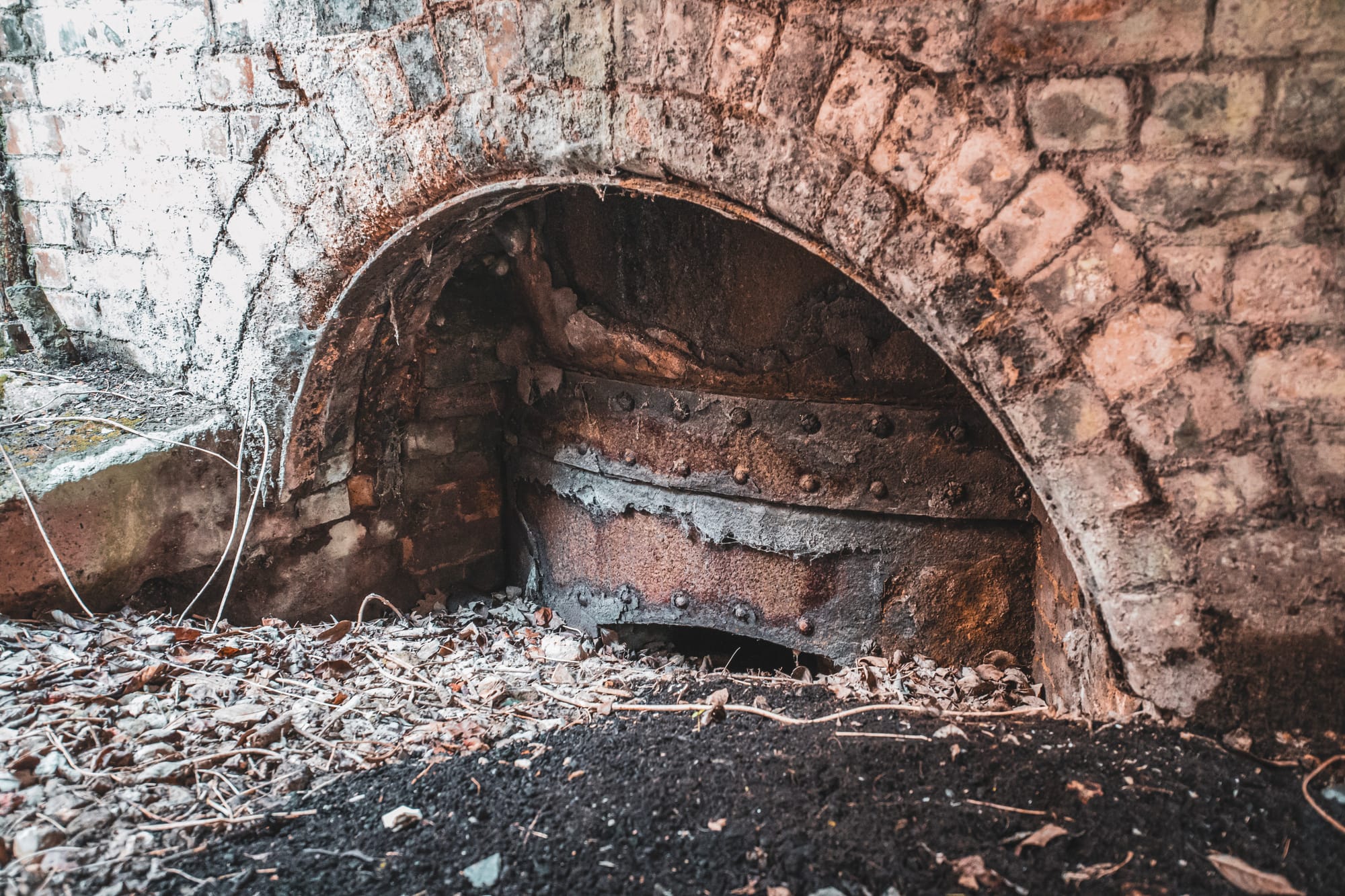
The importance of calcining in pottery cannot be overstated. In the case of flint, for example, calcining alters its physical properties, making it easier to crush and grind into a fine powder. This powder is then mixed into clay, the primary material in pottery, to improve the finished product's strength and durability. The calcining of flint was particularly crucial for the production of earthenware, a type of pottery that Stoke-on-Trent, including Middleport, became famous for.
Similarly, calcining whiting (a form of calcium carbonate) and stone served to purify these materials and prepare them for integration into pottery mixes. The process ensured that impurities were removed and that the materials could blend smoothly with the clay, enhancing the quality of the final ceramic product.
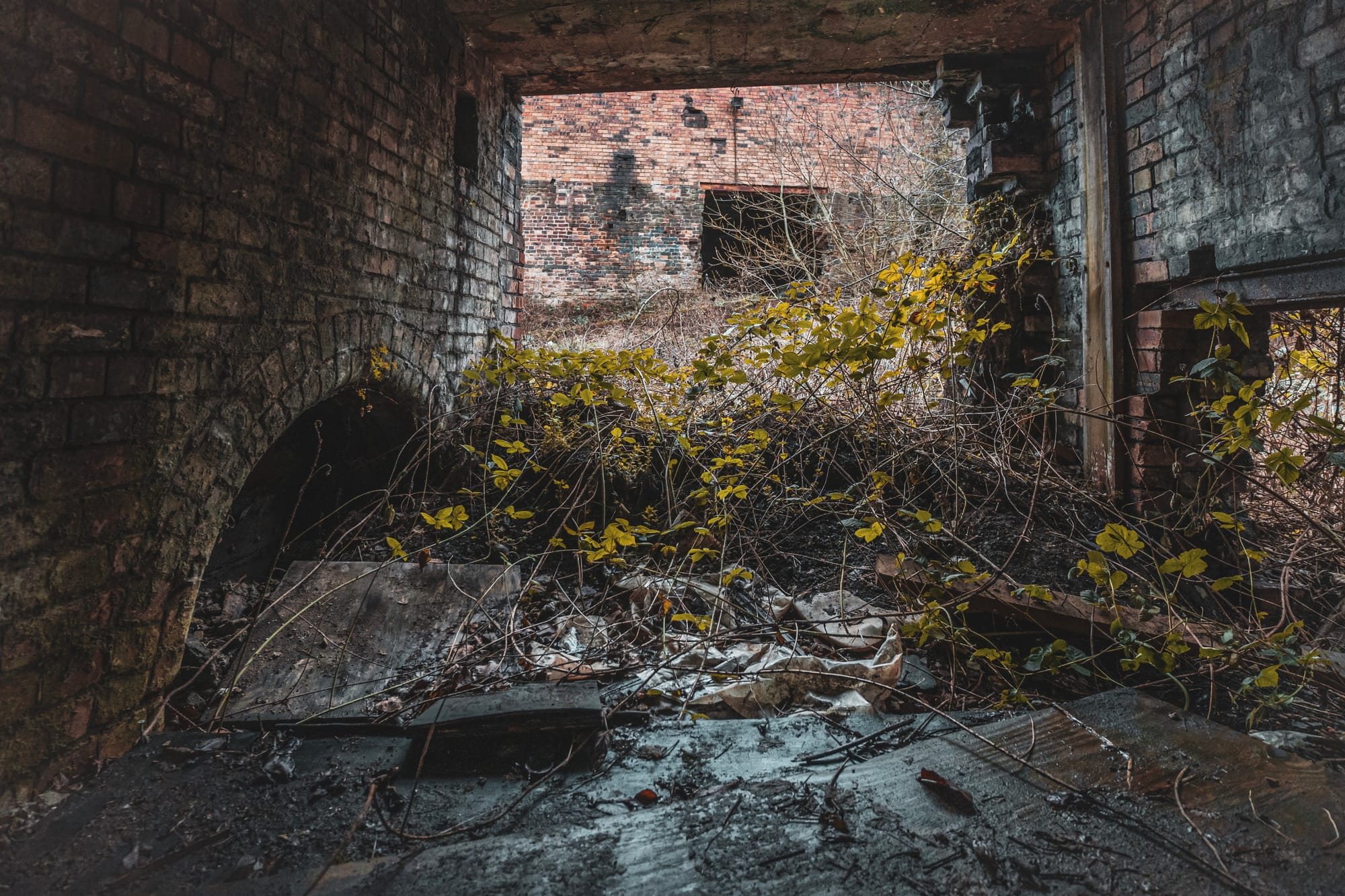
The calcining kiln at the Middleport Works, therefore, was more than just a piece of industrial equipment; it was a key facilitator in the pottery production process. The ability to efficiently and effectively calcine materials like flint and stone was a competitive advantage in the pottery industry. It allowed for the production of higher-quality pottery, which was essential for both the domestic and export markets that Stoke-on-Trent served.
The operations at the Middleport Flint Mill and Calcining Works, with their focus on this crucial step in pottery making, highlight the intricate processes and technological advancements that were a part of the industrial landscape of the area. The facility stands as a testament to the ingenuity and industrial prowess that drove the region's economy and solidified its reputation as a centre for quality pottery production.
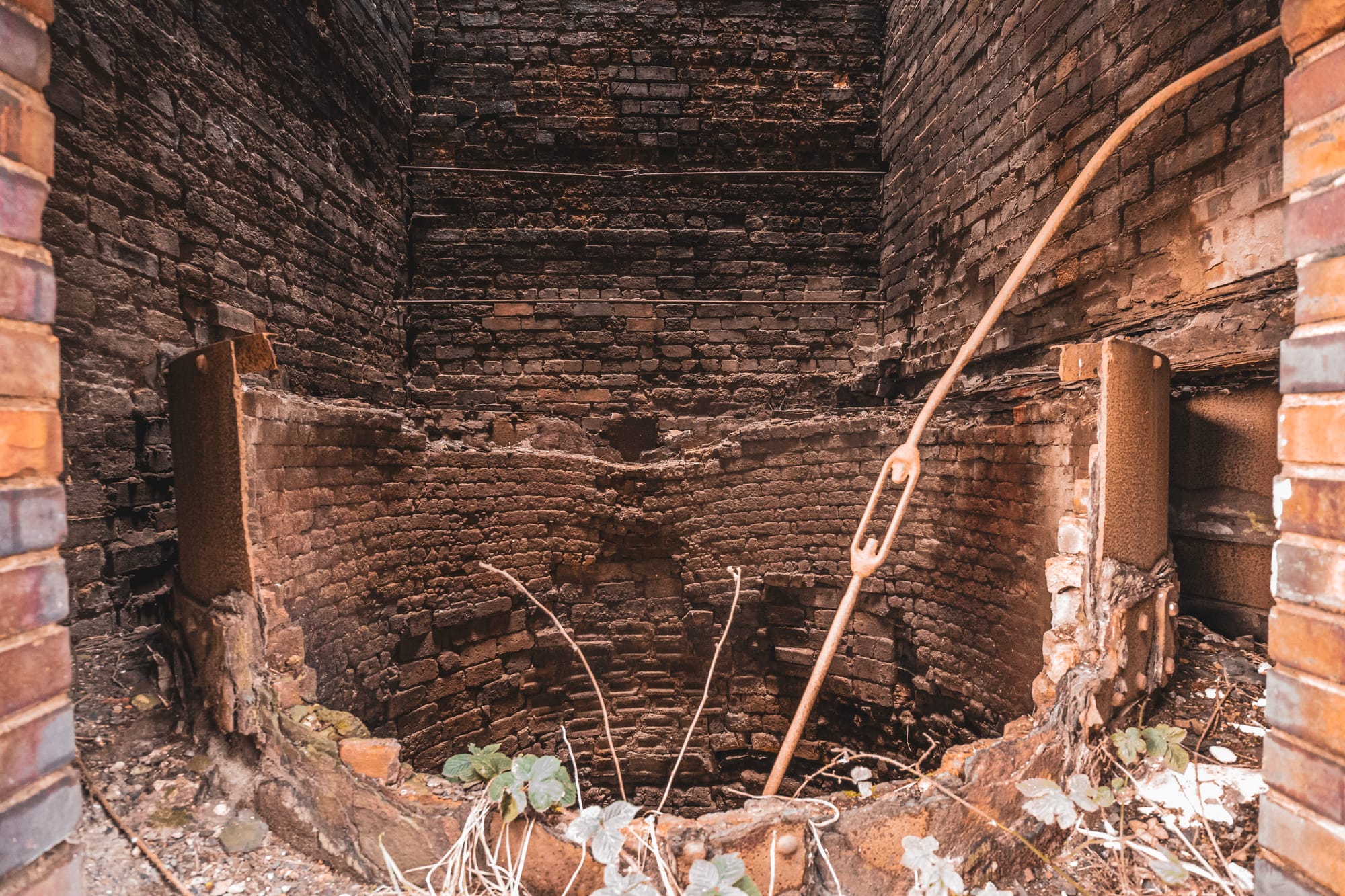
Architectural and Historical Significance
The calcining works, a historical treasure from the early 19th century, boasted a remarkable architectural design. At its heart stood a prominent central square kiln, proudly housing two distinct firing chambers, alongside a single chimney that reached for the skies. This architectural ensemble was meticulously complemented by a ring of workshops, where the skilled artisans of the era would toil, crafting their wares and contributing to the burgeoning industrial landscape. Adjacent to this, there was a structure that possibly served as an engine house, a testament to the rapid technological advancements of the time.
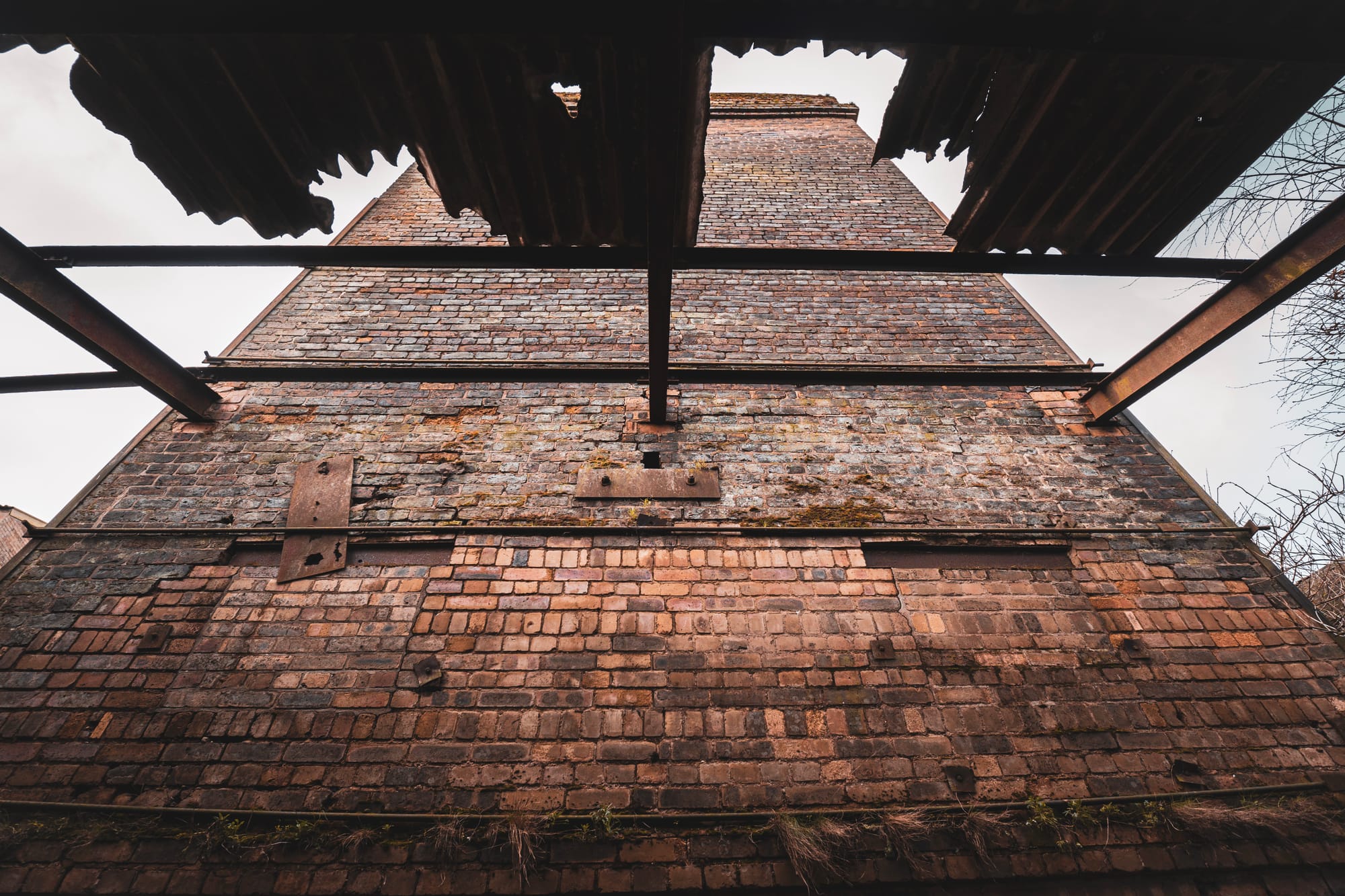
This layout serves as a vivid representation of the prevailing industrial architectural trends that were prevalent during that period. It encapsulates the fusion of functionality and aesthetics that defined the Industrial Revolution, showcasing the artistry and ingenuity of those who designed and operated these significant works of the past.
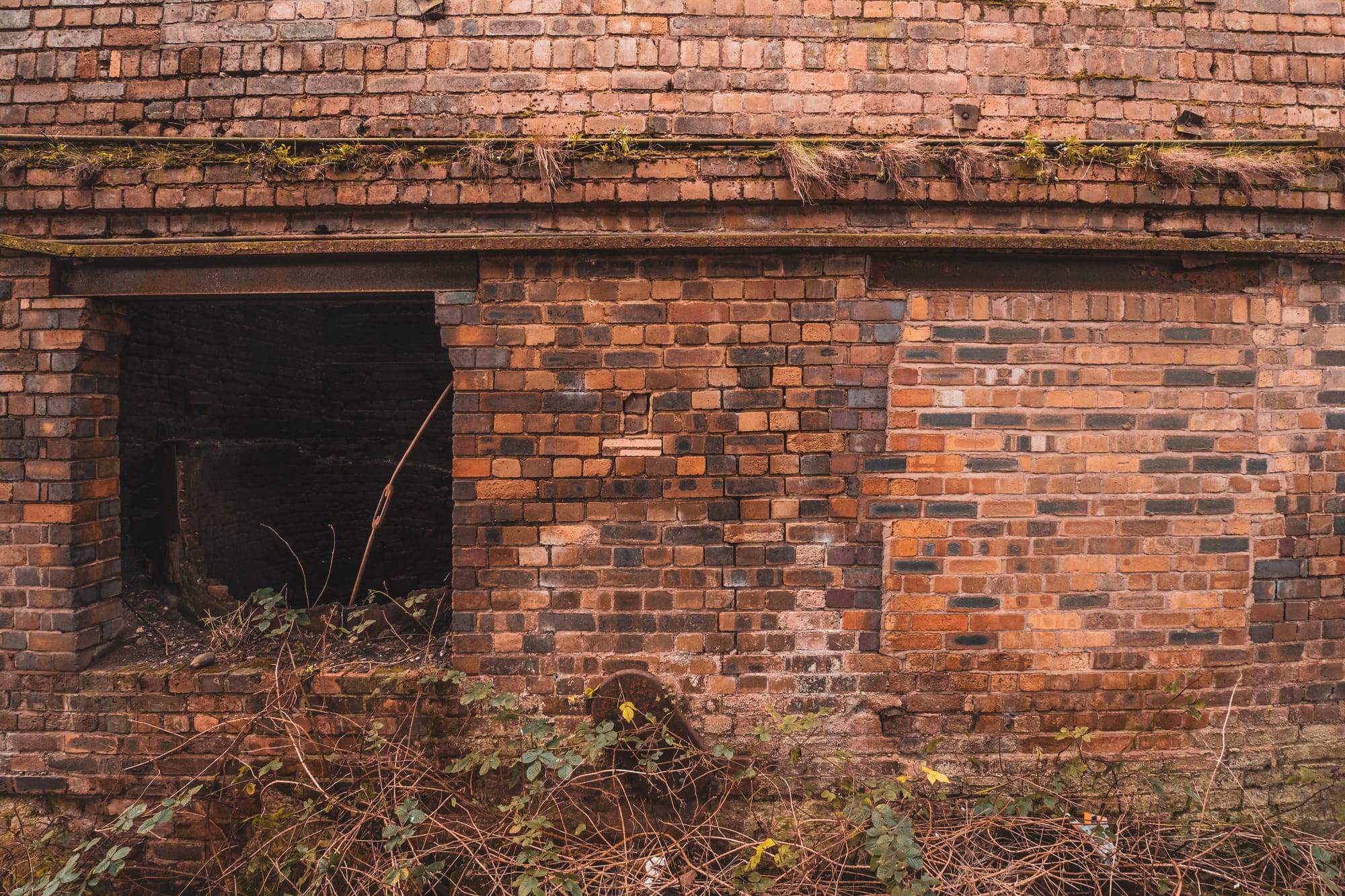
Impact of Legislation and Current State
The halt in activities at the calcining kiln can be directly attributed to the enactment of the Clean Air Act in 1956, which ushered in a new era of environmental consciousness and regulations. This legislation, designed to combat air pollution, placed stringent restrictions on industrial processes, particularly those involving emissions and airborne pollutants. As a result, the calcining works, once a bustling hub of industrial activity, had no choice but to shutter its kiln and cease its operations to comply with the stringent environmental standards of the time.

Fast forward to today, and the Grade II listed calcining kiln on Milvale Street stands as a poignant symbol of the past. While its historical significance remains undeniable, the passage of time has not been kind to this structure. The kiln, which was once the epicentre of innovation and industry, now bears the scars of neglect and abandonment. Its structural integrity has been compromised, and its condition has deteriorated.
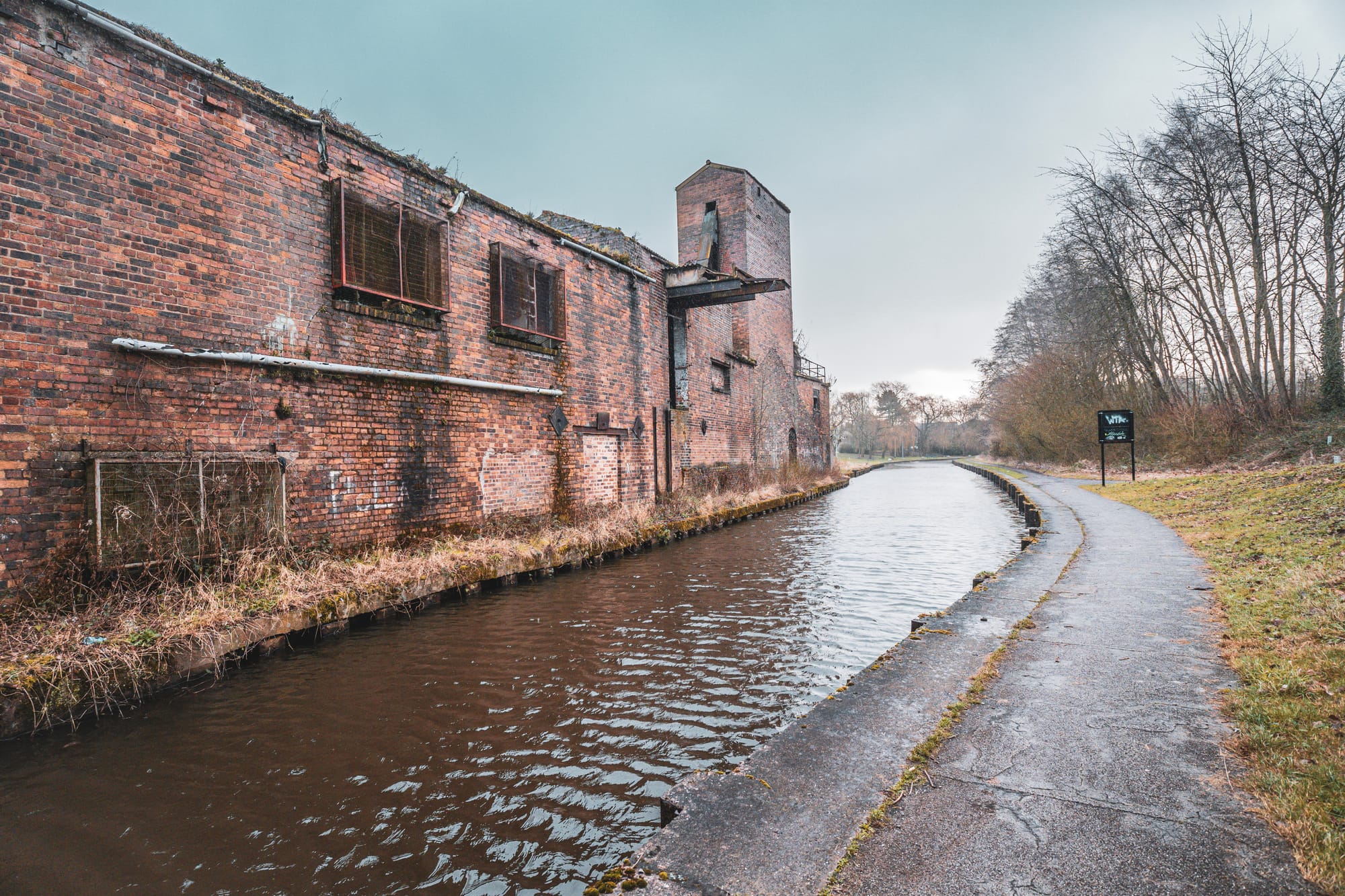
Preserving Middleport's Industrial Legacy
The Middleport Flour Mill, Flint Mill, and Calcining Works are not just architectural relics of a bygone era; they are living, breathing testaments to Middleport's industrious past. These structures are imbued with a rich history that stretches back centuries, bearing witness to the evolution of milling techniques and their pivotal role in the pottery manufacturing industry. They stand as tangible evidence of the indomitable spirit and strong sense of community that once defined this area.
However, the fate of these historical gems remains uncertain. The passage of time has taken its toll, and they now face the challenges of deterioration and disuse. Yet, there is hope and potential for their revival. The process of revitalizing such historical and industrial buildings can breathe new life into communities and foster economic growth.
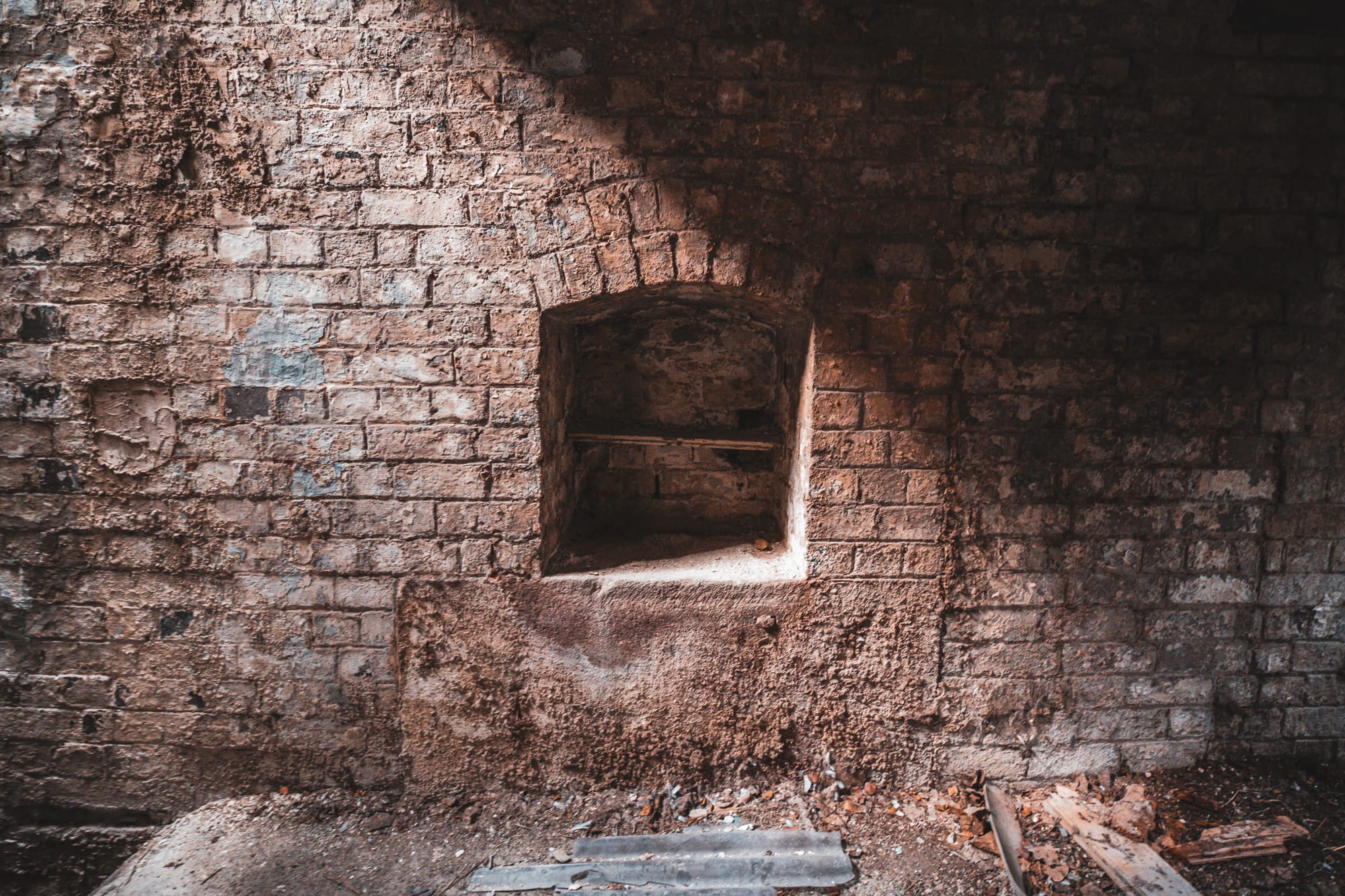
One avenue to explore is finding innovative uses for these structures. Repurposing the Middleport Flour Mill, Flint Mill, and Calcining Works into mixed-use spaces, such as artisan workshops, galleries, or cultural centres, can not only preserve their historical significance but also provide opportunities for entrepreneurship and cultural enrichment. These repurposed spaces can become hubs for creativity, attracting artists, craftsmen, and entrepreneurs who can contribute to the regeneration of the local economy.
Additionally, these historical and industrial buildings can serve as incubators for business ideas and start-ups. Entrepreneurs can harness the unique character and history of these structures to create distinctive and appealing business ventures, ranging from boutique hotels and restaurants to event venues and co-working spaces. Such endeavours not only tap into the charm of the past but also contribute to the vitality of the present community.
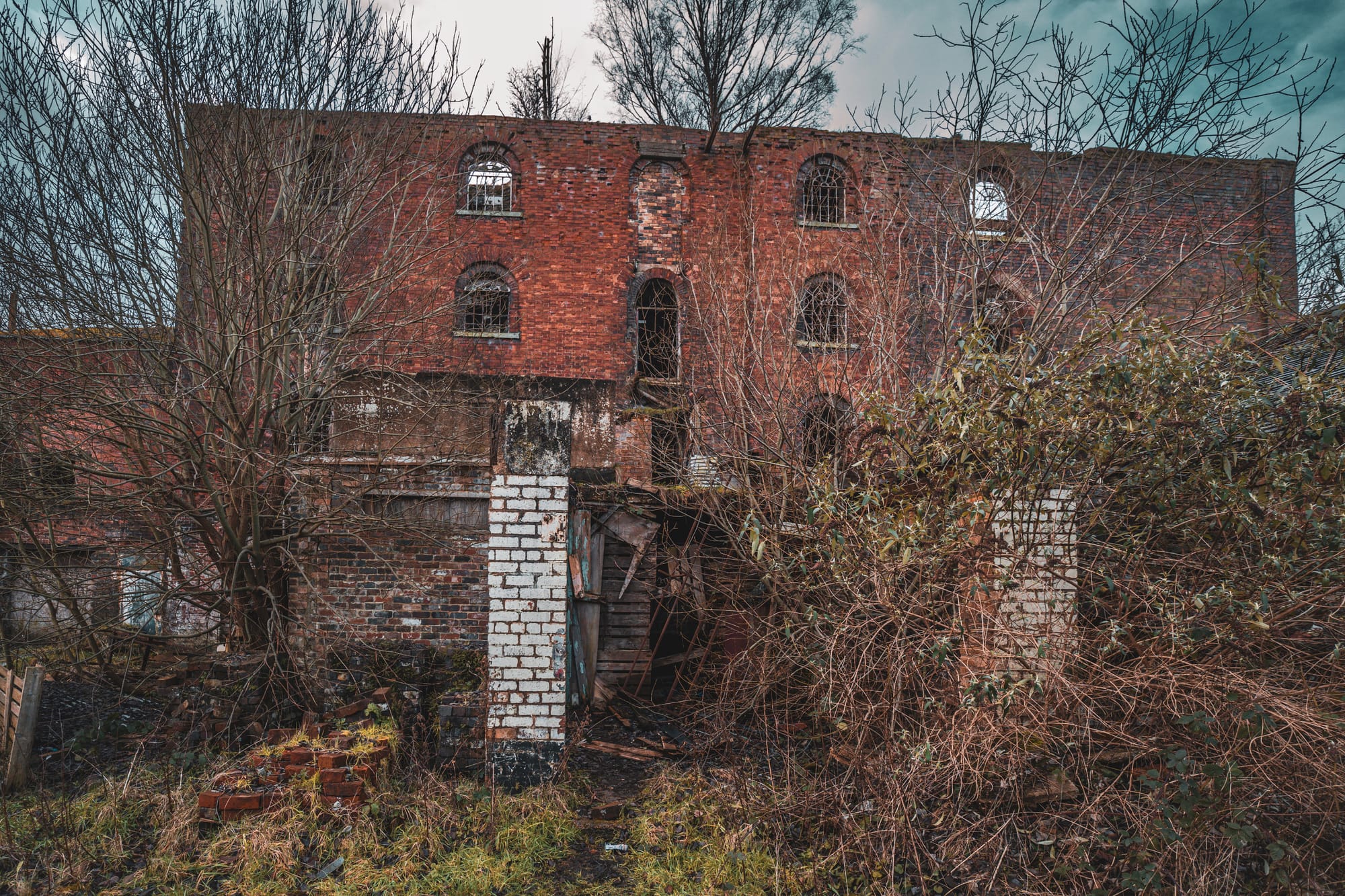
Preserving Middleport's industrial legacy through the restoration and adaptive reuse of historical buildings like the Middleport Flour Mill, Flint Mill, and Calcining Works is not merely a matter of nostalgia but a strategic investment in the future. These structures need to be able to pay for their own upkeep. We can’t have hundreds of museums, but we can have hundreds of businesses in these historic buildings, that will care for them, use them and allow them to stand for future generations. By honouring its past while embracing new ideas, Middleport can ensure that its industrial heritage continues to shape its future in meaningful and vibrant ways.
Thank you for reading!
If you like what you have read, please feel free to support me by following and signing up for my newsletter and/or buying me a coffee!

If you love our local history, don't forget to follow me, check out more of my videos and my website http://www.theredhairedstokie.co.uk
You can now also join my Patreon - www.patreon.com/TheRedHairedStokie
Check out my recommended reading list
